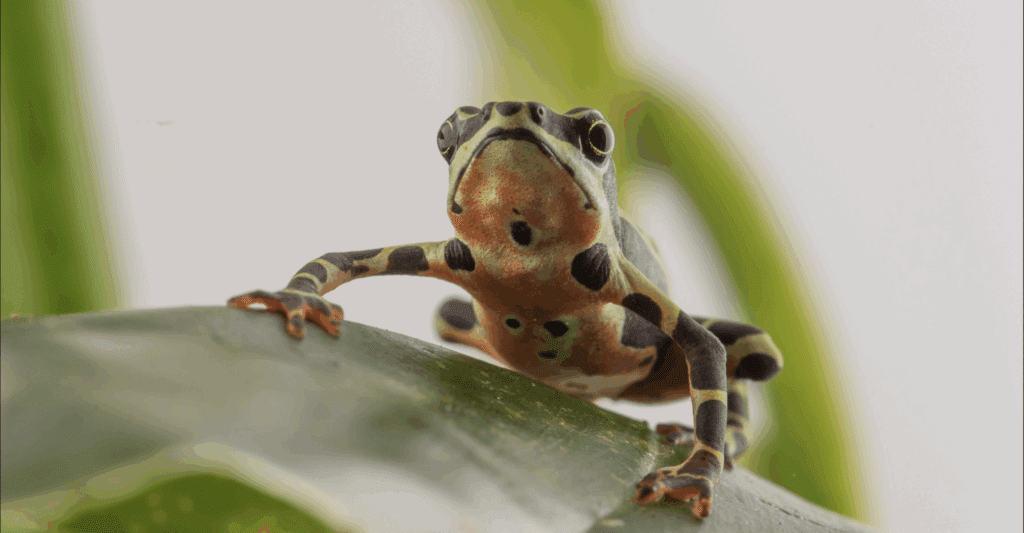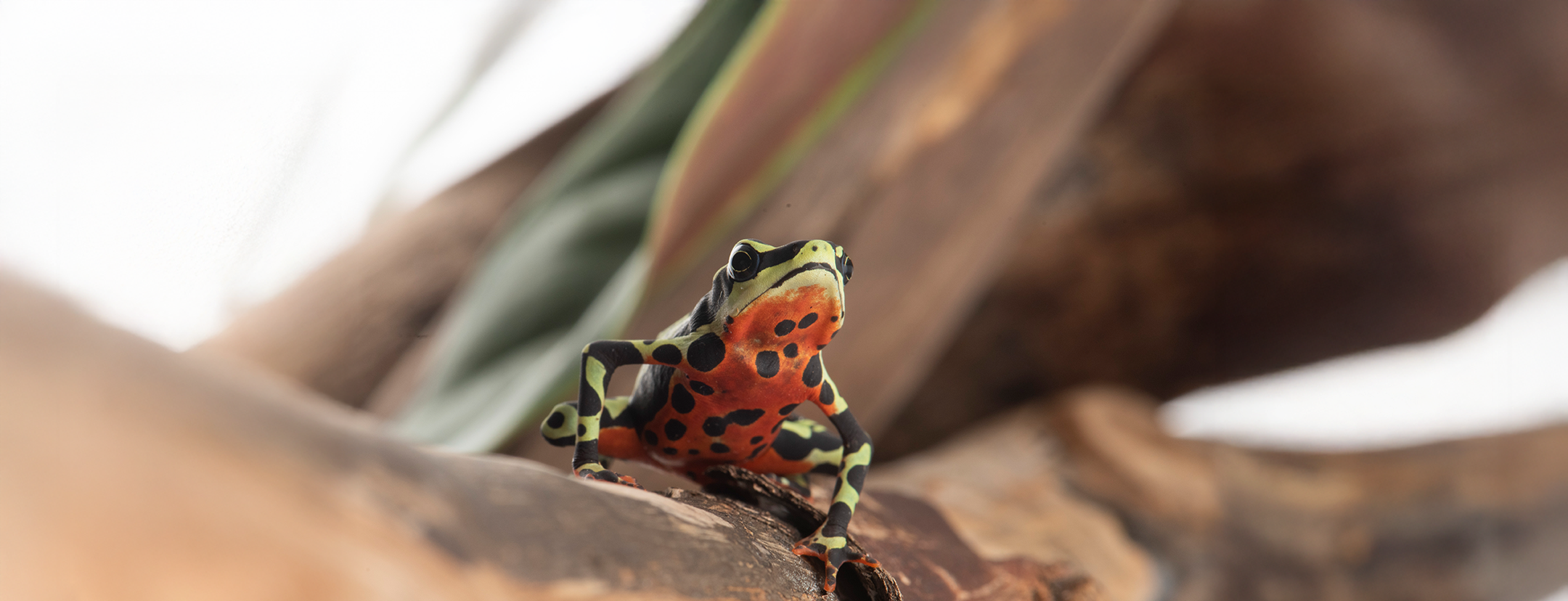Why the Harlequin Frog Matters
Harlequin frogs are living barometers of river health; their bright colors and water-breathing skin signal pristine headwaters that people and wildlife alike depend upon. The Wampukrum harlequin frog, part of the Atelopus spumarius complex, is also a symbol of Ecuador’s rich biodiversity with only nine scattered populations left in the Amazon. Reintroducing this frog to the protected Quebrada de Napinaza not only aims to save a species but also strengthens the region’s ecosystems, supporting countless other creatures that depend on healthy streams and forests.

Progress So Far
Years of advocacy halted mining and road construction in Quebrada de Napinaza, earning the frog its status as the emblematic species of Limón Indanza. The area is now legally protected, with local authorities committed to reducing pollution and restoring vegetation. A robust captive breeding program has produced a healthy population ready for release, and innovative transport protocols for frog eggs ensure flexibility in reintroduction trials. Community engagement, including school programs, is building local support for the frog’s return.
How the Species Reintroduction Fund is Helping
With Colossal Foundation’s support, the project will achieve key milestones from June 2025 to May 2026:
-
“Frog-Nursery”– Breeding at least six egg clutches under biosecure care to generate a genetically diverse supply of release candidates.
-
Three Phased Releases – Releasing 800 frogs, including tadpoles, juveniles, and adults.
-
Intensive Monitoring – Monitoring survival and habitat conditions to refine reintroduction strategies.


